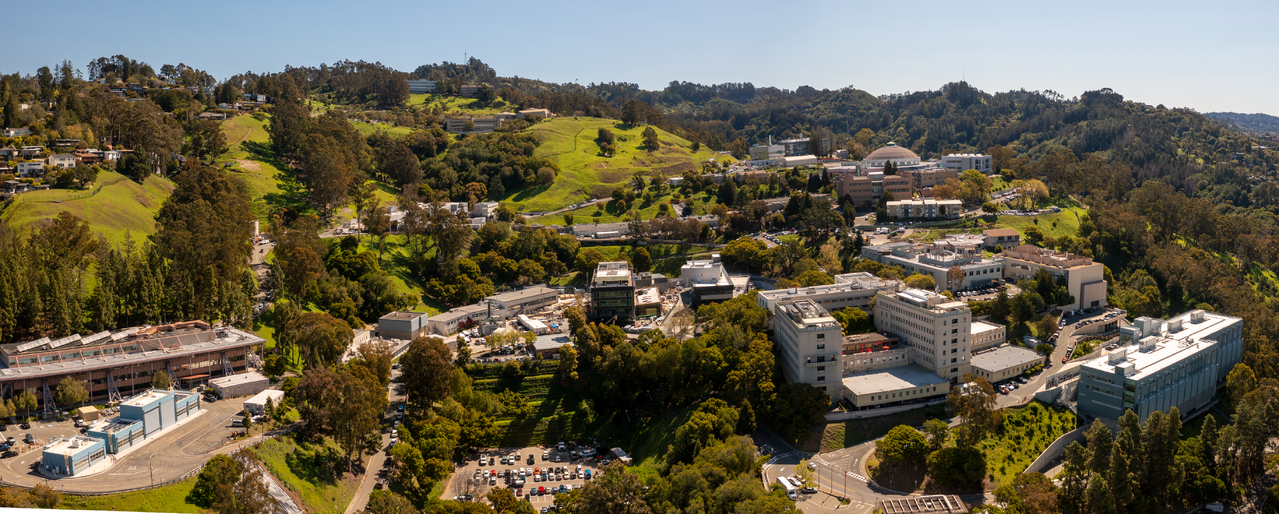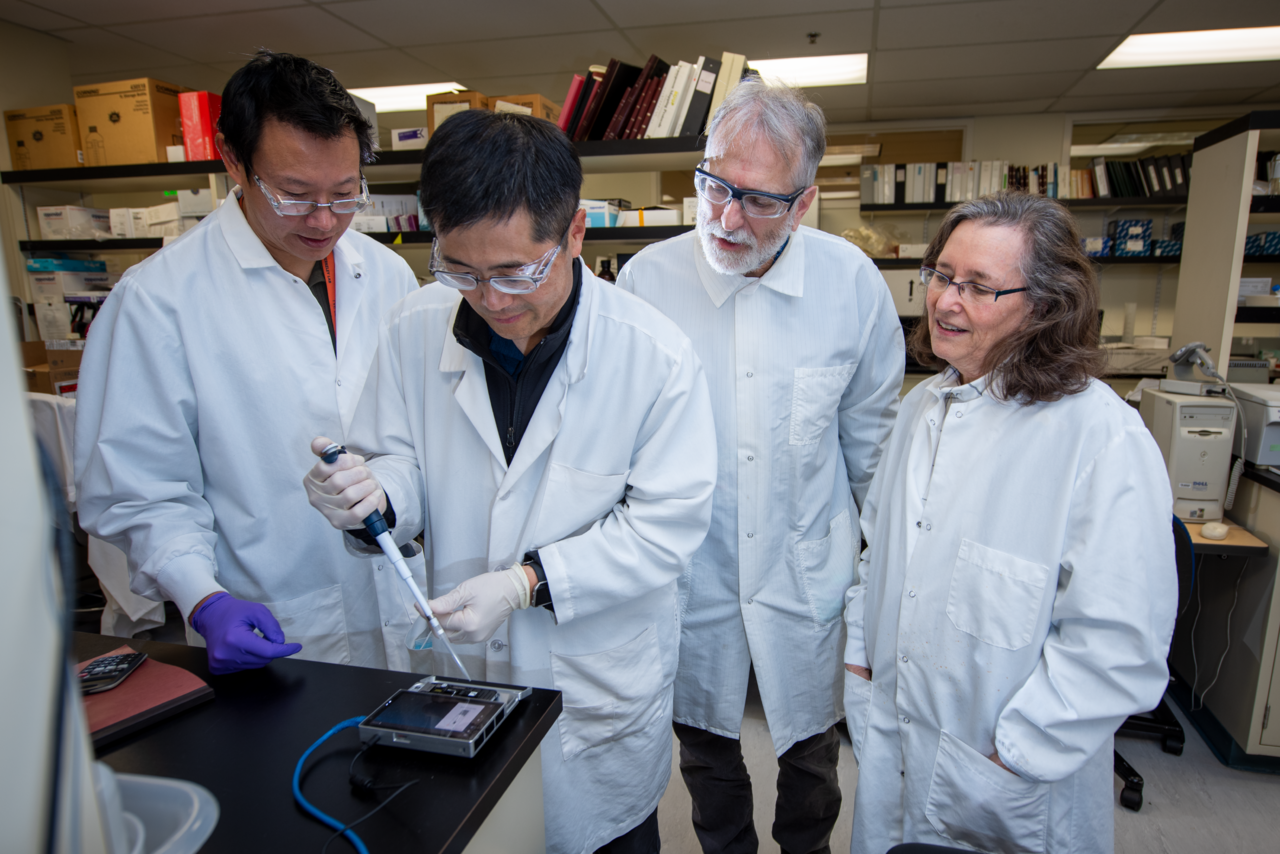
Our mission at Berkeley Lab is to solve the most pressing and profound scientific problems facing humankind.
| 01. | The Lab has demonstrated that it can achieve important elements of its mission with our people working in a variety of work modes. |
| 02. | Lab leadership supports the continued use of flexible work arrangements when appropriate for the work and employee work-life balance. |
| 03. | The Lab will continue to refine our approach as mission needs evolve. |
| 04. | For many employees — and employers — flexible work options are an essential part of the overall employment value proposition and can be a powerful tool in employee engagement, retention, and/or recruiting for Berkeley Lab. |
| 05. | Decisions about flexible work arrangements should be made by the division and/or area leadership in consultation with area leadership, supervisors, and individuals. These decisions should be based on meeting business needs and criteria for flexible work modes determined by division/area leadership. Decisions about flexible work arrangements for matrixed staff are based on the business needs of the host organization/s, work leads, and other key stake- holder/s. |
| 06. | Area and division leaders have developed criteria to determine when flexible work modes can be employed to best meet their business and cultural needs. The appropriate balance of on-site and off-site presence required to ensure opportunities for informal scientific exchange, face-to-face meetings, training, and mentoring when needed should be factored into divisions’ flexible work mode decisions. |
| 07. | Flexible work arrangements are not possible for every position, group, or person. Certain jobs require fully on-site work. Some employees will not be successful working off-site and other people will not want to work off-site. Supervisors will need to take into account these situations when making decisions for the optimization of work on and off-site. |
| 08. | Our stewardship principles require that leaders ensure that people who are not working on-site every day have the same opportunities to contribute and to develop professionally. |
| 09. | The organizations that develop Lab-wide policies (Human Resources; the Office of the Chief Financial Officer; Environment, Health, and Safety, Information Technology; Security and Emergency Services; etc.) will continue to develop, adapt, and maintain the policy, guidance, and systems that govern flexible work arrangements (including space, finance, procurement, safety and health, site access, and connectivity), taking into account regulatory, legal, policy, oversight, and cultural risks and constraints as well as feedback from the areas and divisions. |
| 10. | Parking and space limitations can benefit from effective, balanced implementation of flexible work arrangements. Area and division management will need to carefully manage the balanced utilization of space to demonstrate responsible stewardship of this limited resource. Over time, the Lab will likely need to reassign, reconfigure, reorganize, and reshape some space to adapt to widespread flexible work modes, but in the meantime, divisions will maximize the usage of their currently assigned spaces through effective Hybrid Work space assignments. |
| 11. | Some divisions or work groups may need to actively stagger work schedules so that on-site work is distributed over the five-day work week to ensure on-site coverage that matches their business needs. |
| 12. | Ensuring the appropriate flexible work mode options to meet business needs are chosen for each employee requires a high level of communication between supervisors and employees at all levels of the organization. |
| 13. | Out-of-area Remote Work may have implications for an individual’s taxes, health care, travel costs, and other issues. These consequences should be considered carefully before Remote Work begins. |

Note that these principles are not comprehensive and will be revised and adapted as needed or required.